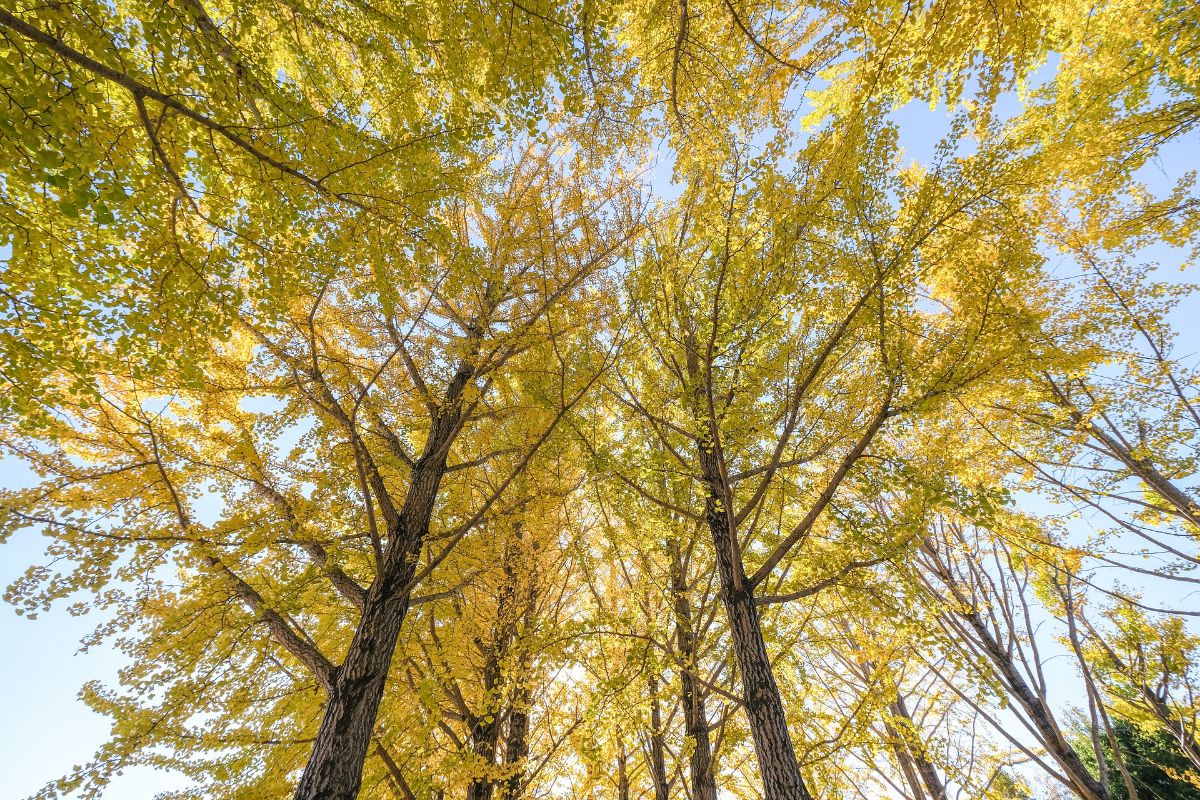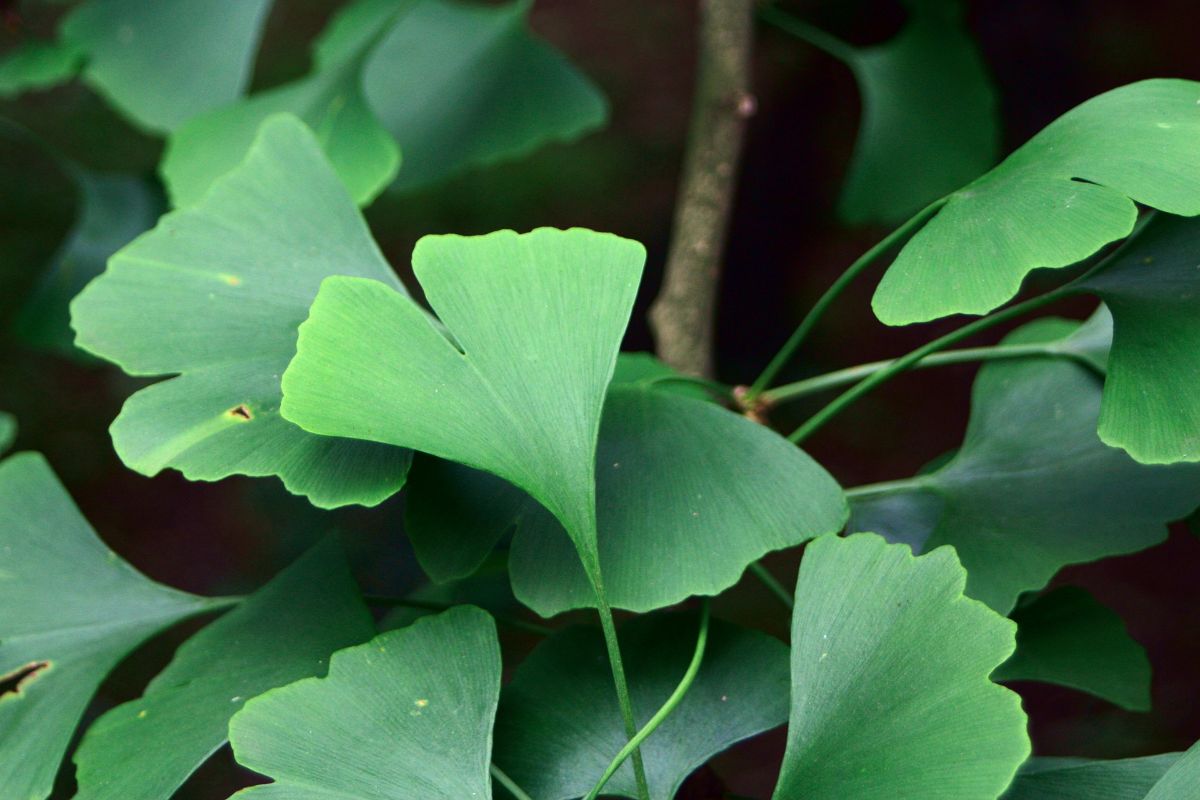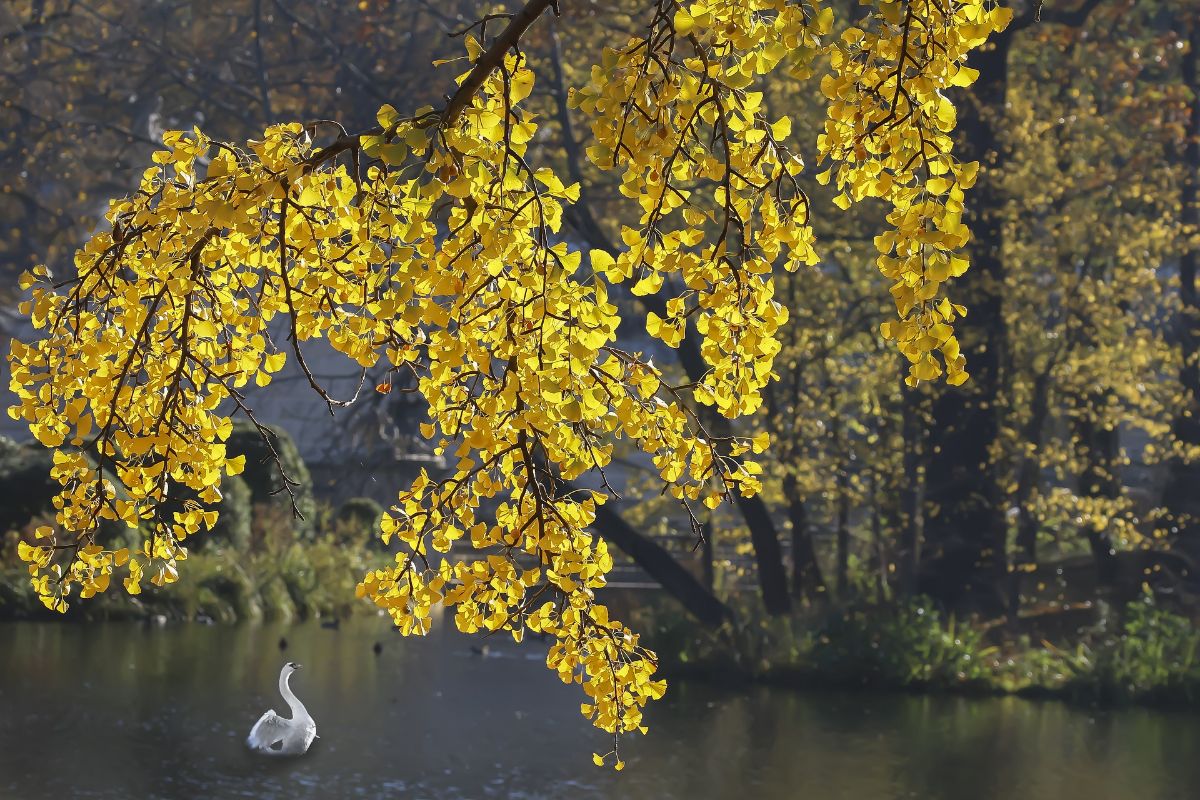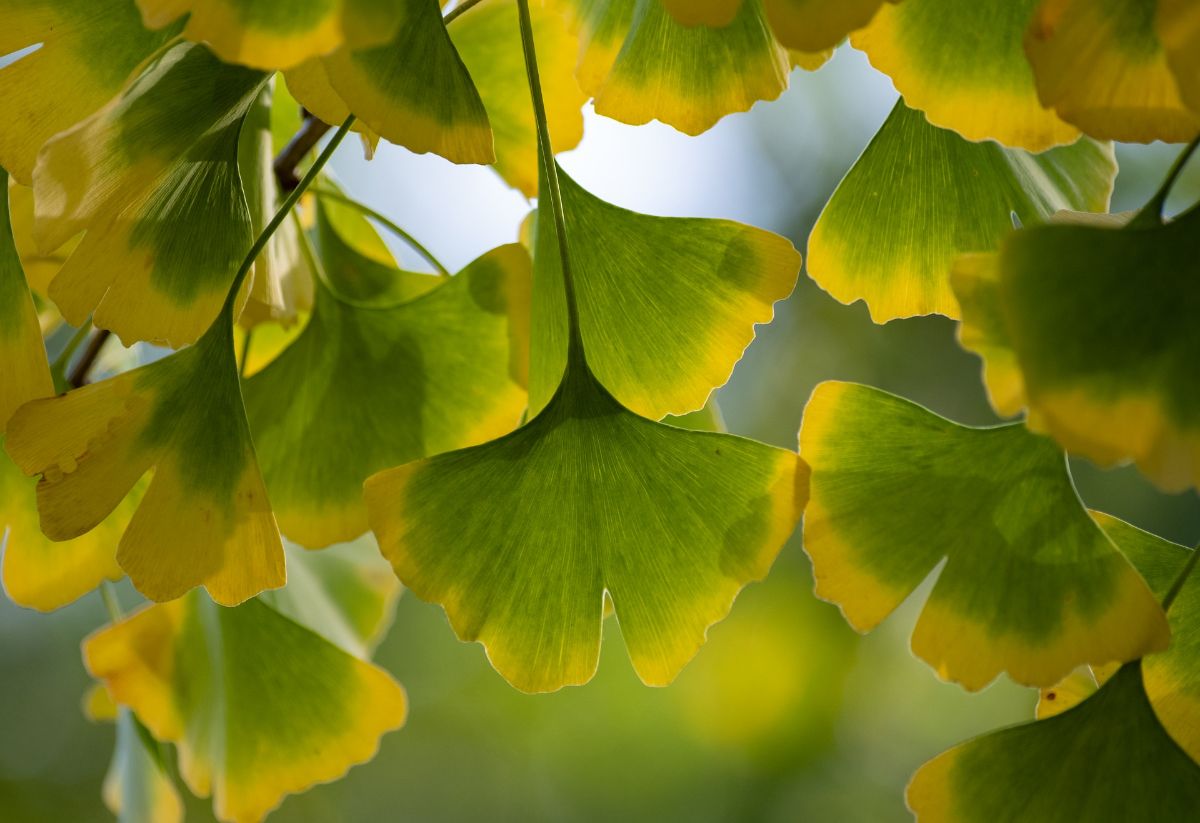
Today we want to talk to you about a plant so old that it coexisted with the dinosaurs. And yes, it still continues. It is called the ancient tree, a living fossil that has managed to evolve and reach our times. The good thing is that we can have it in our home, both in the form of a tree in the garden and as a bonsai. We talk about Ginkgo biloba and, more specifically, about the Ginkgo biloba care.
If you want to have a tree with a lot of history, which has witnessed how the world has changed, then we leave you all the care it needs so that you can enjoy it.
How is Ginkgo biloba
Before talking to you on a practical level about everything this tree needs, we have to tell you a little about it. Ginkgo biloba it is also called the tree of the forty shields, or the tree of pagodas. Its origin is in eastern China but now it can be found in many other places.
It is capable of reaching 35 meters in height and can live for more than a thousand years. Its trunk is dark gray with some cracks. It does not throw many branches but the ones it does have are very strong.
Inside the Ginkgo biloba we can find two types: the males, which have a pyramidal bearing; and the females, whose crown is wider. That is, it is dioecious.
As for the leaves, just as the branches are not many, neither are the leaves. Add some in spring and summer, always light green in color and as if they were fans or two lobes together. Yes indeed, in autumn they yellow and fall practically passing that season and winter naked and stopping its development during those months. Unless you have a female Ginkgo, because if so you may find that it gives you round yellow fruits. Of course, when they are passed they smell very bad, so you have to remove them to avoid bad smells.
Gingko biloba care
Now that you have a better understanding of this tree, let's talk about its care. Do you want to have a bonsai or a tree of this type in the garden? So pay attention to the following:
Location
Do you know that Gingko biloba is a tree that tolerates heat and cold well? You are right, although it prefers mild climates, it adapts to anyone, and is able to withstand cold as well as heat.
Of course, it does not like to be moved from one place to another (we say it for bonsai), it is better to establish it in a single place and let it grow.
It also has the characteristic of resist pollution, what makes him a candidate for cities.
Of course, when planting it it is very important that it be separated from homes and other structures or buildings because it usually develops many roots and needs space.
Lighting design
This tree loves the sun. So whenever you can put it in a very sunny place. In autumn and winter we know that it will not be very hot, so you will not suffer from being "naked" (since it is a deciduous tree), but surely in summer you will appreciate it.
If you can't provide a sunny spot, look for at least one in semi-shade. What it will not tolerate is one in shade because this tree needs the sun to be well.
Earth
When it comes to planting it, which by the way is better to do it in early spring or in autumn, it is important that you use a substrate that is loose and allows drainage. The land must be nutritious, but not cause flooding because it is not good for him.
If you want it to grow fairly quickly, then bet on a sandy soil, because it is the one that suits it best.
Irrigation
Regarding irrigation, you should know that this tree is one of the most resistant to drought. You can have it for days or even weeks without water that will not reduce its size. When it comes to watering it is important that you do not do it in excess, less if the soil you have is not draining.
Es better to water it a little, and more times, than all at once, especially because you could cause a disease.
To give you an idea, in spring and autumn you can water it every 3 weeks; in summer, every two weeks. And in winter? It is not watered. In fact, it is said that, when it loses the last leaf, it is no longer necessary to water it because it becomes dormant and does not need water until spring.
Subscriber
Like any tree or plant in general, the fertilizer is very enriching for Ginkgo biloba and should be applied in spring and summer. You must add a mineral fertilizer every 15 days.
Later, in the fall, it is good that you add compost or manure to enrich its soil and, incidentally, to help winter have a much better time.
In fact, if you have to transplant it, it is best to do it in the fall or spring. Some professionals do not recommend that, if you transplant it in autumn, you fertilize it, because it is counterproductive (new soil, with nutrients, and extra nutrients can be too much); so they recommend fertilizing in autumn and transplanting in spring or vice versa, depending on the state of the soil and the tree.
Plagues and diseases
Ginkgo biloba is said to hardly suffers from pests or diseases since, as we have seen, it has been able to survive many. However, that does not mean that there is no danger.
For example, one of the most common is the risk of root suffocation (due to caking of the earth), or the mushroom appearance, caused by excess humidity.
Fortunately, you can get by if you catch it in time.
Pruning
Due to the few branches it sprouts, the Ginkgo biloba does not need pruning. Only in case you do not want it to grow more, or that it has broken, dead or damaged branches, it can be cut, but it will always be done in winter and a sealant will be applied to prevent its health from being damaged.
As you can see, Ginkgo biloba care is not complicated at all, and in return you will have an ancient tree. Have you ever thought of this tree for your garden?



My Ginko biloba has leaves like the ones you put in the photo of this article (yellow edges) although now the edges are beginning to be brown. It is normal? Or do you have some kind of mineral deficiency? This in the month of August that has been very hot and is in full sun
Hello Joan Carles.
Yes it's normal. It has been very hot this year in Spain in general.
A greeting.